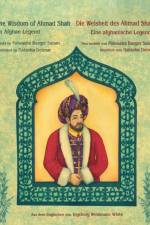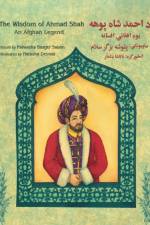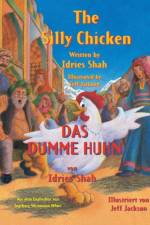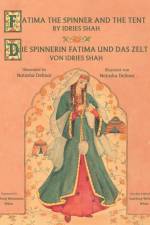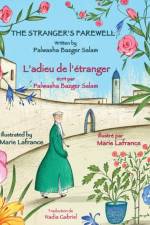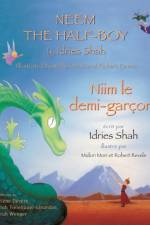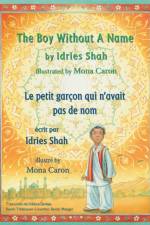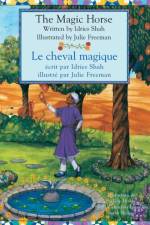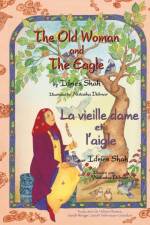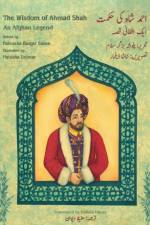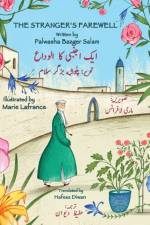- English-German Edition
von Idries Shah
20,00 €
(Bilingual English-German edition / Zweisprachige Ausgabe Englisch-Deutsch) Fatima is a young woman whose life seems beset by one disaster after another. Setting forth on a journey from her home in the West, she is shipwrecked and cast ashore alone near Alexandria, Egypt. Adopted by a local family of weavers, and beginning to prosper in her new life, she is captured and forced to work making masts for ships. While undertaking a journey to sell the masts, she finds herself shipwrecked once again - this time off the coast of China, where she finally realizes that what seemed to be disasters were really essential steps toward her eventual fulfillment. Full of wisdom and depth, and ideal as a bedtime story, Fatima's tale helps children understand the need for perseverance to reach their goals. This traditional teaching story is well known in Greek folklore, but the present version is attributed to Sheikh Mohamed Jamaludin of Adrianople (modern-day Edirne in Turkey), who died in 1750. Fatima the Spinner and the Tent is filled with wonderful illustrations by Natasha Delmar, who was taught to paint by her father, the celebrated classic Chinese painter Ng Yi-Ching. Delmar captures Fatima's adventures with a wealth of detail and color and, using Middle Eastern and Chinese design, transports readers to the exotic lands of Fatima's travels in a way delightful to both young and old. Fatima ist eine junge Frau, deren Leben von einer Katastrophe nach der anderen heimgesucht wird. Sie macht sich auf den Weg von ihrer Heimat im Westen, erleidet Schiffbruch und wird allein in der Nähe von Alexandria, Ägypten, an Land geworfen. Von einer lokalen Weberfamilie adoptiert und im Begriff ihr neues Leben zu beginnen, wird sie gefangen genommen und gezwungen, Masten für Schiffe herzustellen. Während sie sich auf den Weg macht, die Masten zu verkaufen, erleidet sie erneut Schiffbruch - diesmal vor der Küste Chinas, wo sie schließlich erkennt , dass die scheinbaren Katastrophen eigentlich wesentliche Schritte zu ihrer endgültigen Erfüllung waren. Voller Weisheit und Tiefe und ideal als Gute-Nacht-Geschichte, hilft Fatimas Geschichte Kindern zu verstehen, dass sie Ausdauer brauchen, um ihre Ziele zu erreichen. Diese traditionelle Lehrgeschichte ist in der griechischen Folklore gut bekannt, aber die vorliegende Version wird Scheich Mohamed Jamaludin von Adrianopel (heute Edirne in der Türkei) zugeschrieben, der 1750 starb. Die Spinnerin Fatima und das Zelt sind mit wunderbaren Illustrationen von Natasha Delmar gefüllt, der von ihrem Vater, dem gefeierten klassischen chinesischen Maler Ng Yi-Ching, das Malen beigebracht wurde. Delmar fängt Fatimas Abenteuer mit einer Fülle von Details und Farben ein und entführt die Leser mit nahöstlichem und chinesischem Design, auf eine für Jung und Alt reizvolle Weise, in die exotischen Länder von Fatimas Reisen.



